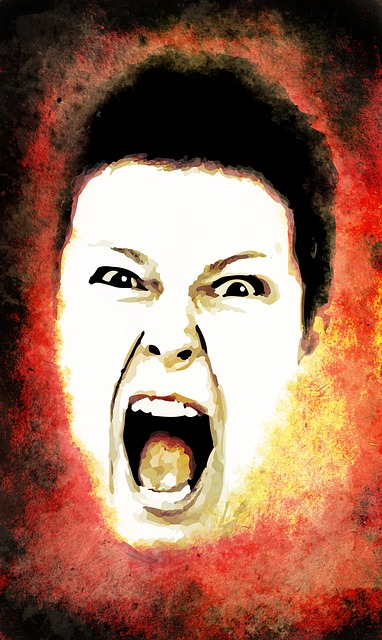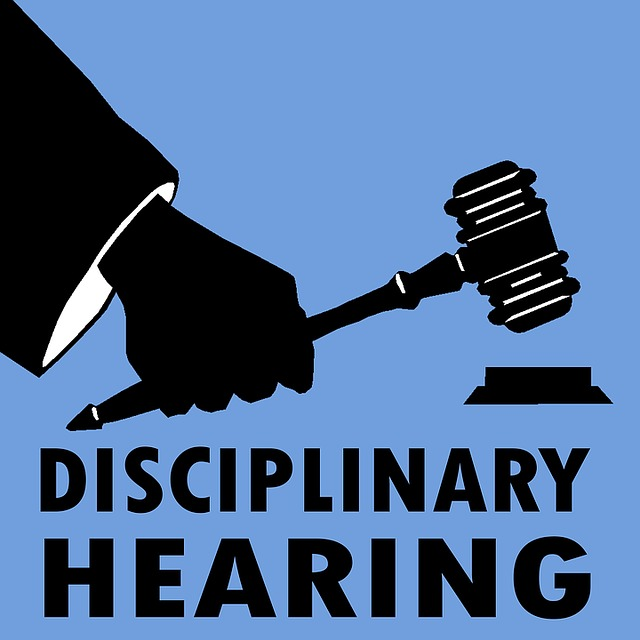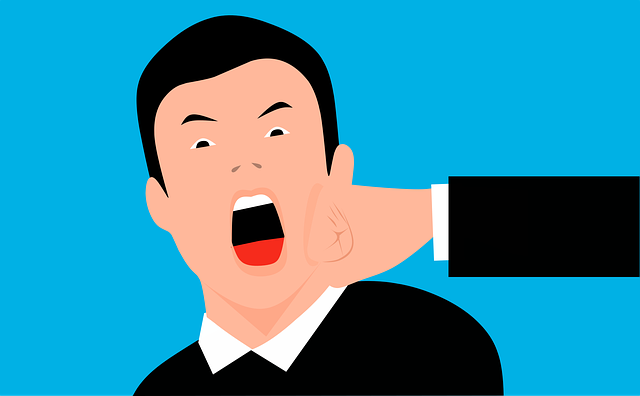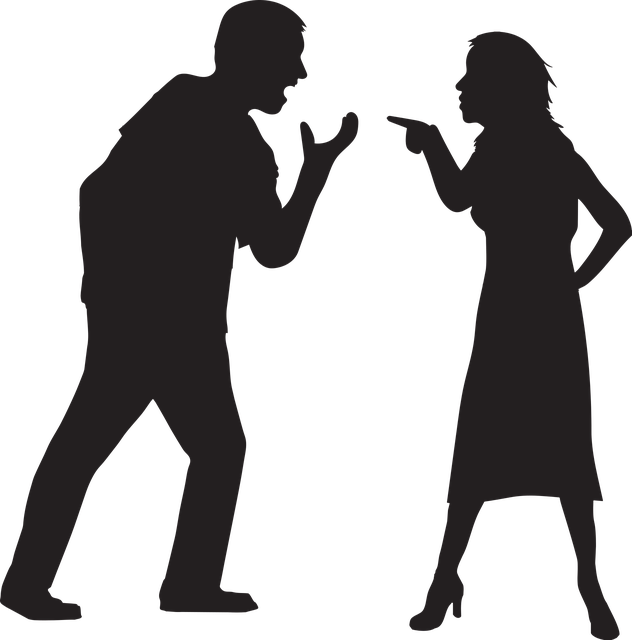
Table of Contents
Definition of Harassment
Harassment is a form of discrimination that includes any unwelcome, offensive, or threatening behavior directed at an individual because of their protected characteristic, such as race, sex, disability, or age. Harassment can take many forms, including but not limited to: physical violence, verbal abuse or threats, sexual harassment, and stalking.
Harassment as a form of discrimination occurs when an individual is subjected to unwelcome comments, actions, or advances that are based on a protected characteristic such as race, sex, age, disability, or religion.
Harassment can occur in many different settings, including the workplace, school, and online. When harassment persists and creates a hostile environment, it may become illegal.
There are two types of harassment: quid pro quo and hostile environment. Quid pro quo harassment occurs when an individual’s submission to or rejection of unwelcome conduct is used as a basis for making employment decisions.

Hostile environment harassment occurs when unwelcome conduct is so severe or pervasive that it alters the conditions of the victim’s employment and creates an abusive working environment.
Harassment is a serious issue that can have a negative impact on an individual’s physical and emotional well-being. If you or someone you know has been subjected to harassment, it is important to seek help from a qualified professional.
A Reasonable Person
A reasonable person is a term used to describe someone who acts in a way that a typical person would, under similar circumstances.
Reasonable people are expected to exercise good judgment and take into account all relevant facts and circumstances before taking any action.
The standard of care that a reasonable person must meet is higher for professionals, such as doctors or lawyers, than for someone who does not have any specialized training.

What Are Anti-Discrimination Laws
Anti-discrimination laws are designed to protect people from being treated differently or unfairly based on certain characteristics, such as their race, gender, age, or disability.
These laws vary from country to country, but they typically make it illegal for businesses or other organizations to discriminate against people in areas like employment, housing, education, and access to public services.
Discrimination can have a negative impact on people’s lives in many ways. It can make it harder for them to find a job, get housing, or go to school. Discrimination can also lead to feelings of isolation, anxiety, and low self-esteem.
While anti-discrimination laws are not always perfect, they are an important tool for protecting people from unfair treatment. They help to create a more just and equal society for everyone.
It is not our intention to give legal advice. If you have a legal question, it is best to consult directly with a lawyer of your choice.
Governmental Agencies Regulating Workplace Conduct
There are a variety of government agencies that help to regulate workplace conduct in the United States.

The Occupational Safety and Health Administration (OSHA) is a division of the U.S. Department of Labor that helps to ensure safe and healthful working conditions for workers in the private sector.
The Equal Employment Opportunity Commission (EEOC) is another federal agency that works to protect workers from discrimination and harassment in the workplace. State and local governments also have agencies that help to enforce workplace laws and regulations.
Harassment is not always Illegal
It is important to remember that harassment is not always illegal but it is never a good thing. For behavior to rise to the level of illegal harassment, it must be severe and pervasive enough to create a hostile or offensive work environment, or result in an adverse employment action (such as being fired or demoted). If you are unsure whether the behavior you are experiencing is illegal harassment, you should consult with an attorney, or at least your Human Resources Manager.

Bullying
Bullying is a form of aggressive behavior in which someone intentionally and repeatedly tries to harm or control another person. It can take many forms, including physical violence, verbal attacks, and online harassment.
Bullying can have serious short- and long-term effects on its victims, both physically and emotionally. It can also lead to social isolation and anxiety, and can make it difficult for children to succeed in school.
Bullying is not a new phenomenon, but it has become more visible in recent years due to the rise of social media. With the click of a button, bullies can now reach a wider audience than ever before. This can make it harder for victims to escape bullying behavior, and can also lead to more serious consequences, such as public humiliation and cyberbullying.
If you or someone you know is being bullied, it’s important to reach out for help. There are many resources available to both victims and bullies, and there is always hope for a resolution. Remember, you are not alone.

Unwelcome Conduct
Unwelcome conduct is defined as any behavior that is offensive, intimidating, or threatening. This can include, but is not limited to, comments that are sexual in nature, racial slurs, and physically threatening or abusive behavior. Unwelcome conduct can occur in person or online, and can be directed at anyone regardless of their race, gender, sexual orientation, or any other protected characteristic.
Offensive Conduct
Offensive conduct is defined as any behavior that is intended to harm, insult, or intimidate another person. This can include physical acts such as hitting or punching, as well as verbal abuse such as name-calling or making threats.
Offensive conduct can also include non-verbal behaviors such as making obscene gestures or displaying offensive materials. 
Emotional Harassment
Emotional harassment is a type of harassment that involves making someone feel uncomfortable, threatened, or embarrassed. This can include making derogatory comments, making sexual advances, or making threats.
Emotional harassment can be just as harmful as physical harassment and can have a lasting impact on the victim. If you are being harassed in this way, it is important to speak up and get help.
There are many resources available to assist you, and you should not hesitate to seek out help if you are feeling unsafe or threatened.
Deliberate Psychological Bullying
Deliberate psychological bullying refers to a systematic and repeated effort to inflict emotional pain on another person. This type of bullying can take many different forms, including spreading rumors, making hurtful comments, or excluding someone from social activities.

Unlike physical bullying, which is usually easy to spot, deliberate psychological bullying can be much more subtle and harder to detect. However, the effects of this type of bullying can be just as damaging, if not more so.
Victims of deliberate psychological bullying may experience a wide range of negative emotions, including sadness, anxiety, loneliness, and low self-esteem. In severe cases, psychological bullying can lead to depression, suicidal thoughts, and other serious mental health problems.
Verbal Harassment
Verbal harassment is defined as any type of unwanted, offensive or threatening language directed at another person. This can include name-calling, making sexual comments or threats, and using racially or ethnically derogatory remarks.
Verbal harassment can occur in person, over the phone, through text messages or online. It can be directed at anyone, regardless of their age, gender, race or sexual orientation. Verbal harassment is a form of discrimination and can be extremely damaging to the victim.

It can cause them to feel isolated, anxious, depressed and even scared. If you are the victim of verbal harassment, it is important to speak to someone who can help you. There are many organisations that offer support and advice to victims of verbal harassment. You can also report the incident to the police.
What is Gender Identity
Gender identity is the gender which a person sees themselves as. This can be different from the gender a person is assigned at birth. Gender identity is not the same as sex.
Sex is the biological characteristics of a person, for example, the sex chromosomes a person has, their hormones, and their reproductive organs.
People with female sex characteristics can have a male gender identity, and people with male sex characteristics can have a female gender identity.
A person’s gender identity is not always the same as their sex assigned at birth. For example, a person with a female sex assigned at birth may identify as a male.

Gender identity is a personal experience. It is different for everyone.
Digital Harassment
Digital harassment is a form of online bullying that involves using technology to threaten, humiliate, or intimidate another person. It can take many different forms, including sending abusive or threatening messages, posting embarrassing photos or videos, and spreading rumors or false information.
Digital harassment can be extremely upsetting and can have a serious impact on a person’s mental health and well-being. It is important to remember that online bullying is not a harmless prank – it is a serious crime that can have serious consequences.
If you are being harassed online, it is important to seek help from a trusted adult or professional. There are also many organizations and resources that can provide support and assistance. Visit stopbullying.gov for more information.

Hostile Environments
A hostile environment is a place where someone feels unwelcome, threatened, or harassed. This can be due to the actions or words of another person, group, or organization. Hostile environments can be found in workplaces, schools, homes, and other public places.
Quid Pro Quo Harassment
Quid pro quo harassment occurs when an individual in a position of power requires another person to engage in sexual activity in order to receive some type of favorable treatment.
This could be something as simple as a promotion at work or a better grade in school. If the individual being harassed refuses to comply, they may be threatened with negative consequences, such as being fired from their job or receiving a lower grade.
This type of harassment is often seen in workplaces or educational institutions, where there is a clear power dynamic between the individual doing the harassing and the victim.

Harassing Conduct
Harassing conduct is defined as unwelcome or offensive behavior that creates an intimidating, hostile, or offensive working environment. It can take many forms, including but not limited to:
- Verbal abuse, such as name-calling, insults, threats, and intimidation
- Physical abuse, such as pushing, shoving, hitting, and kicking
- Sexual harassment, such as unwelcome or offensive sexual advances, comments, and actions
- Stalking or cyberstalking
Harassing conduct is often directed at someone because of their protected characteristic, such as their race, religion, gender, or sexual orientation. For example, the Equal Employment Opportunity Commission (EEOC) prohibits workplace harassment that is based on a person’s protected characteristic under Title VII of the Civil Rights Act of 1964.

Harassing conduct can also occur outside of the workplace, such as in social settings or online. When it occurs in these contexts, it is often referred to as bullying.
Workplace Conduct
Workplace conduct refers to the way employees behave while at work. It includes such things as dress code, attendance, attitude, and performance. Employers typically have a set of workplace conduct guidelines that they expect employees to follow. Violations of the guidelines can result in disciplinary action, up to and including termination of employment. Employees who fail to adhere to the workplace conduct guidelines can also create an unpleasant or unproductive work environment for their co-workers.
Workplace Harassment
Workplace harassment is any kind of behavior that creates a hostile or offensive work environment. This can include things like making demeaning comments, making threats or unwelcome advances, or even engaging in physical violence.

Workplace harassment can occur between co-workers, between a supervisor and an employee, or even between customers and employees. It’s important to remember that workplace harassment doesn’t necessarily have to be directed at a specific person – it can be general behavior that makes the workplace environment uncomfortable or difficult to work in. If you’re not sure whether something constitutes workplace harassment, err on the side of caution and report it to a supervisor or human resources department.
Unlawful Harassment
Unlawful harassment is a type of discrimination that occurs when an individual is subjected to unwelcome comments or conduct that is based on their protected status. Protected statuses can include race, sex, religion, and national origin. Harassment becomes unlawful when it creates a hostile work environment or when it results in an adverse employment action, such as being fired or demoted. Unlawful harassment can also occur when an individual is retaliated against for reporting or testifying about harassment.
Note: It is not our intention to give legal advice. If you have a legal question, it is best to consult directly with a lawyer of your choice.

Physical Harassment
Physical harassment is any unwelcome physical contact. It can range from someone invading your personal space to outright assault. Physical harassment can be a single event or a series of events. It can be committed by anyone, regardless of gender, race, or age. If the contact is unwanted and makes you feel uncomfortable, it is considered physical harassment. This type of harassment can have a lasting impact on the victim and can lead to fear, anxiety, and depression. Physical harassment is a serious matter and should be reported to the authorities immediately.
Physical Harm
Physical harm is any type of injury that results in damage to the body. This can include cuts, bruises, burns, broken bones, and organ damage. Physical harm can be caused by accidents, violence, or even medical procedures. In some cases, physical harm may be the result of neglect or abuse.

There is no single answer but many types
There is no single answer to addressing harassment. It is important to tailor responses to the specific situation and needs of the individual who has experienced the harassment. Possible actions include but are not limited to: informal resolution between the parties, filing a formal complaint, or pursuing legal action.
What to do in the case of Workplace Harassment
There are a few different ways to report workplace harassment, depending on the severity of the incident and who is involved. If the harassment is coming from a co-worker, you can talk to your supervisor or human resources department.
If the harassment is coming from someone outside of your company, like a client or customer, you can also contact your company’s customer service department.

In any case, it is important to document the incidents of harassment so that you have a record if you need to take further action.
What To Do If You Are Experiencing Harassment in the workplace
If you are being harassed, there are a few things you can do.
- First, try to stay calm and avoid getting angry or defensive.
- Second, try to document the harassment by taking screenshots or saving any relevant emails, texts, or social media messages.
This can be helpful if you decide to report the harassment to your employer or file a police report.
- Third, you can reach out to a trusted friend or family member for support.
Finally, if you feel comfortable doing so, you can confront the person who is harassing you and let them know that their behavior is unwanted and unwelcome conduct.

What to do if you are being harassed
If you have been the victim of harassment, there are a number of steps you can take. First, document the behavior. This can include keeping a written record of incidents, saving any relevant emails or other communication, and taking screenshots if the harassment is happening online. It is also important to tell someone about what is happening – this might be a friend, family member, co-worker, or supervisor. If the harassment is happening at work, you should report it to your HR department. You can also file a complaint with the Equal Employment Opportunity Commission (EEOC) or your state’s equivalent agency.
Harassment is a serious issue that can have a lasting impact
Harassment is a serious issue that can have a lasting impact on those who experience it. If you have been the victim of harassment, it is important to reach out for help. There are a number of resources available to assist you, including the EEOC, state and local fair employment practices agencies, and private attorneys.
How the Mapertunity Experience is Different
When we designed Mapertunity, we optimized for both the candidate and the hiring managers experience.
- Candidate wants to find jobs that are not only a perfect fit for them but are closest to where they are currently located.
- Hiring Managers wants to find the perfect candidate and would love to avoid the expenses of relocating someone.
Mapertunity brings both of these desires together. But it does much more than that. Mapertunity removes all the friction that the current system has built into it. There is no more guessing what candidates are available or what jobs are available. Both available jobs and available candidates in a geographic searchable region are simply displayed on the map to be further explored. In addition, contact information is not hidden for either the Hiring Manager or potential Candidates. There are no hidden barriers, like third party recruiters, between candidates and job posters.
There is currently no system in the world that will tell a company how many actual workers are available within any geographic region in the world.
There is currently no system in the world that will display on a map all the jobs and all the companies hiring in any geographic region in the world.
Just center the map on your location and press SEARCH.
Mapertunity can do this. Mapertunitye will show you where both the jobs and the candidates are located. There is no system that will tell workers which companies are hiring in any geographic radius where the job seeker might be interested in searching.
Mapertunity reduces the global carbon footprint of both workers and businesses.
We believe the closer a job is to someone’s current location, the more likely they will stay in that job and the closer a worker is to a business, the more likely a business will be able to hold onto those workers. Economist calls this “being sticky”.

On Mapertunity you can Search Jobs and Candidates By:
- Job Title or Keyword
- City
- State/Region
- Country
- Postal Code
- Industry
- Distance from Map Center ( Search the whole Earth if you want)